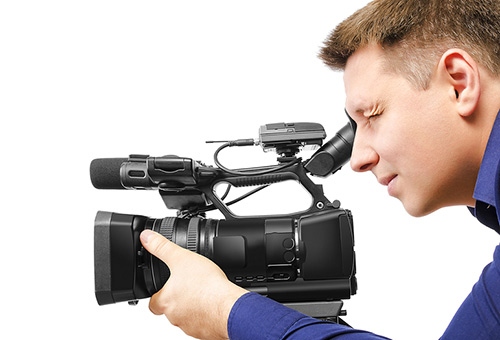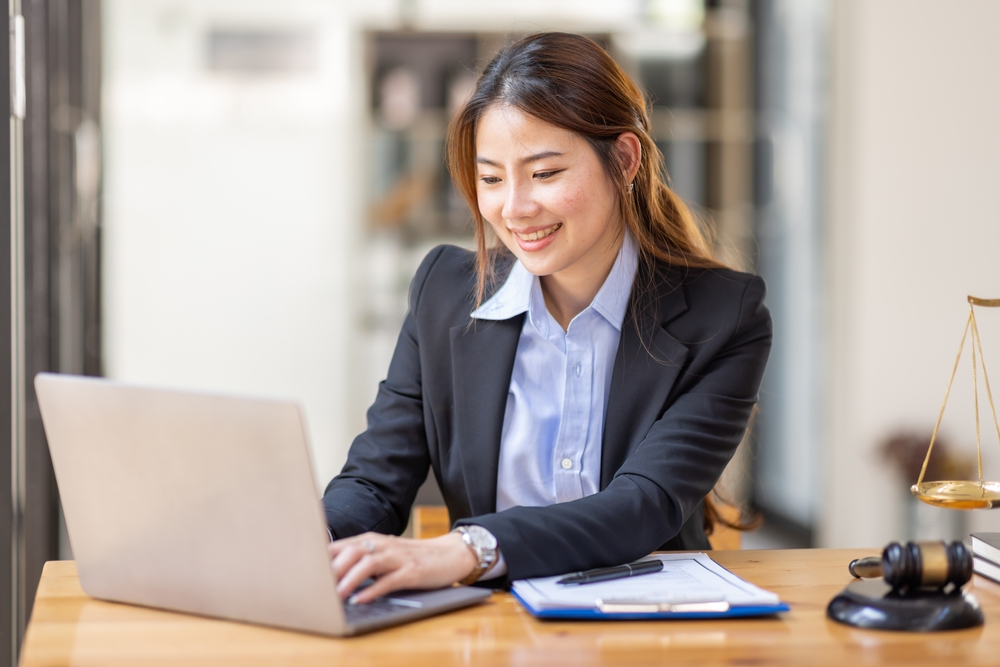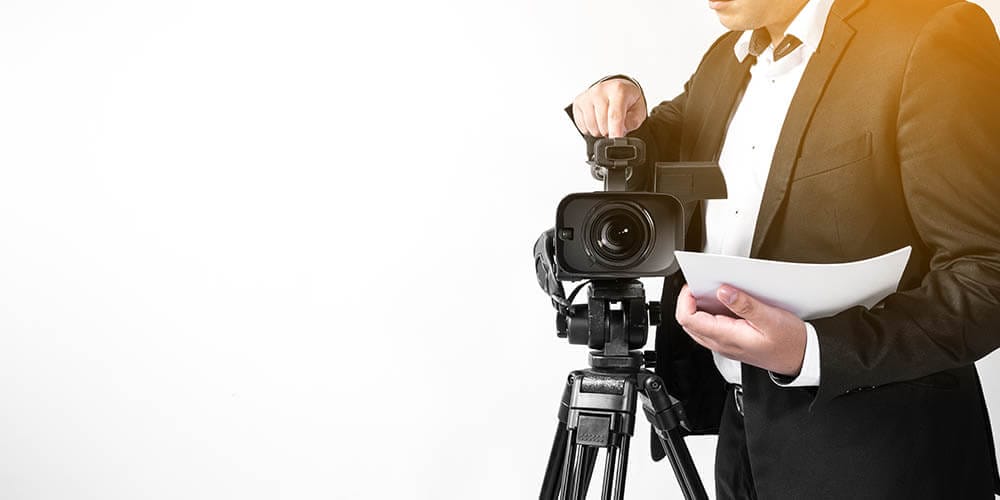The Relevance of Legal Videography in Court Presentations
Legal videography has arised as a crucial device in courtroom presentations, giving a multidimensional perspective on witness testimonies that transcends mere transcripts. As we explore the various facets of lawful videography, including its advantages and ideal techniques, it comes to be noticeable that its impact on the judicial procedure warrants a more detailed exam.
Recognizing Lawful Videography
Just how does legal videography boost court presentations? Lawful videography is a specialized area that catches visual and audio recordings of court room proceedings, depositions, and witness testaments.
The process entails the use of high-grade video devices and professional methods to ensure clearness and fidelity. Legal videographers are educated to comprehend court room methods and the legal significance of the recordings they produce. This competence ensures that the end product sticks to lawful standards and can be accurately used as evidence.
In addition, legal videography functions as an indispensable device for appellate cases, where evaluating the initial testimony is crucial. The capacity to revisit witness declarations in their original context help in recognizing subtleties that might be shed in written transcriptions. In recap, lawful videography boosts courtroom presentations by supplying a comprehensive, exact, and interesting method of documenting and presenting proof, ultimately contributing to a more educated judicial process.

Advantages for Attorneys
Legal videography offers substantial benefits for lawyers, improving their ability to existing cases effectively. One of the main benefits is the capacity to record witness statements and depositions with precision, guaranteeing that the nuances of spoken and non-verbal interaction are protected. This enables lawyers to provide a compelling story that shows the credibility and emotions of witnesses.
Furthermore, lawful videography supplies a dynamic alternative to typical documentation. Video clip evidence can simplify intricate statement, making it more obtainable and appealing for courts and courts. This visual format can likewise improve retention of essential info, as jurors are frequently more probable to bear in mind what they see than what they listen to.
Additionally, the specialist quality of legal video can bolster an attorney's trustworthiness (legal videography). A well-produced video demonstrates thorough prep work and attention to detail, which can favorably influence the understanding of both the attorney and their instance. Additionally, using legal videography can accelerate test processes, as it enables quicker reference to taped testimonies, minimizing the demand for lengthy reading of records.
Enhancing Jury Interaction
Enhancing jury interaction via making use of lawful videography can considerably affect the performance of court room presentations. In an atmosphere where jurors are entrusted with soaking up intricate info, aesthetic help can offer as a powerful device to maintain interest and assist in understanding. Lawful videography changes standard proof right into dynamic visual stories, enabling jurors to attach emotionally and cognitively with the material provided.
The consolidation of video evidence can clear up elaborate information that may be tough to share via verbal testimony alone. By presenting an Resources aesthetic depiction of occasions, the jury can extra easily grasp the context and nuances view it now of the situation, causing notified deliberations. Furthermore, legal videography can stimulate a sense of realism, developing a more powerful connection with the facts and fostering compassion for the people involved.
Efficient lawful videography likewise fits varied understanding designs within a jury, enhancing retention of the information offered. By attracting both auditory and aesthetic learners, lawyers can make sure that their disagreements resonate with a more comprehensive target market. legal videography. Eventually, the critical use legal videography not just captures jurors' interest but also enhances their total comprehension, leading to even more equitable judgments
Sorts Of Lawful Video Proof

Another substantial type is monitoring footage, which can offer important context in criminal instances. This video proof frequently assists develop timelines, areas, and activities of people included in an occurrence, consequently assisting the jury straight from the source in developing a comprehensive image of the events.
Demonstrative evidence in video format is also vital, as it can illustrate complicated ideas or recreate crash scenes. Such video clips help jurors imagine scenarios that are otherwise hard to understand with spoken descriptions alone.

Last but not least, proof from body-worn electronic cameras made use of by police can provide an unfiltered sight of communications during essential occurrences, adding to transparency and liability. Each of these video types plays an essential function in the courtroom, boosting the general presentation of proof and sustaining a fair judicial process.

Finest Practices for Implementation
Exactly how can lawful specialists efficiently integrate videography into their courtroom discussions? To attain optimum results, a number of ideal methods should be adhered to. It is vital to choose experienced videographers that understand the lawful context and can make sure that all recordings stick to pertinent regulations. This competence assures that the video footage is both high-quality and acceptable in court.
Following, experts ought to prepare the videography beforehand, recognizing vital moments and testimonies that will enhance their case. This critical strategy enables concentrated material that resonates with the jury. Organizing the videos into meaningful segments customized to the court's technology will certainly help with smooth combination throughout discussions.
In addition, lawful groups need to practice exactly how to provide the video evidence efficiently, making sure that all participants know with the web content and the modern technology being made use of. This prep work reduces disruptions and takes full advantage of impact. Keeping a clear narrative and connecting the video clip proof to the overarching instance theme will certainly enhance the debates being made.
Conclusion
To conclude, legal videography significantly improves court room presentations by giving an extensive and interesting medium for witness testimonies. Its ability to capture both spoken and non-verbal signs aids in the quality and efficiency of proof, ultimately supporting fairer judgments. By adhering to recognized methods and employing ideal practices, lawful videography acts as a very useful tool for attorneys, promoting better court engagement and understanding of intricate information within the legal procedure.